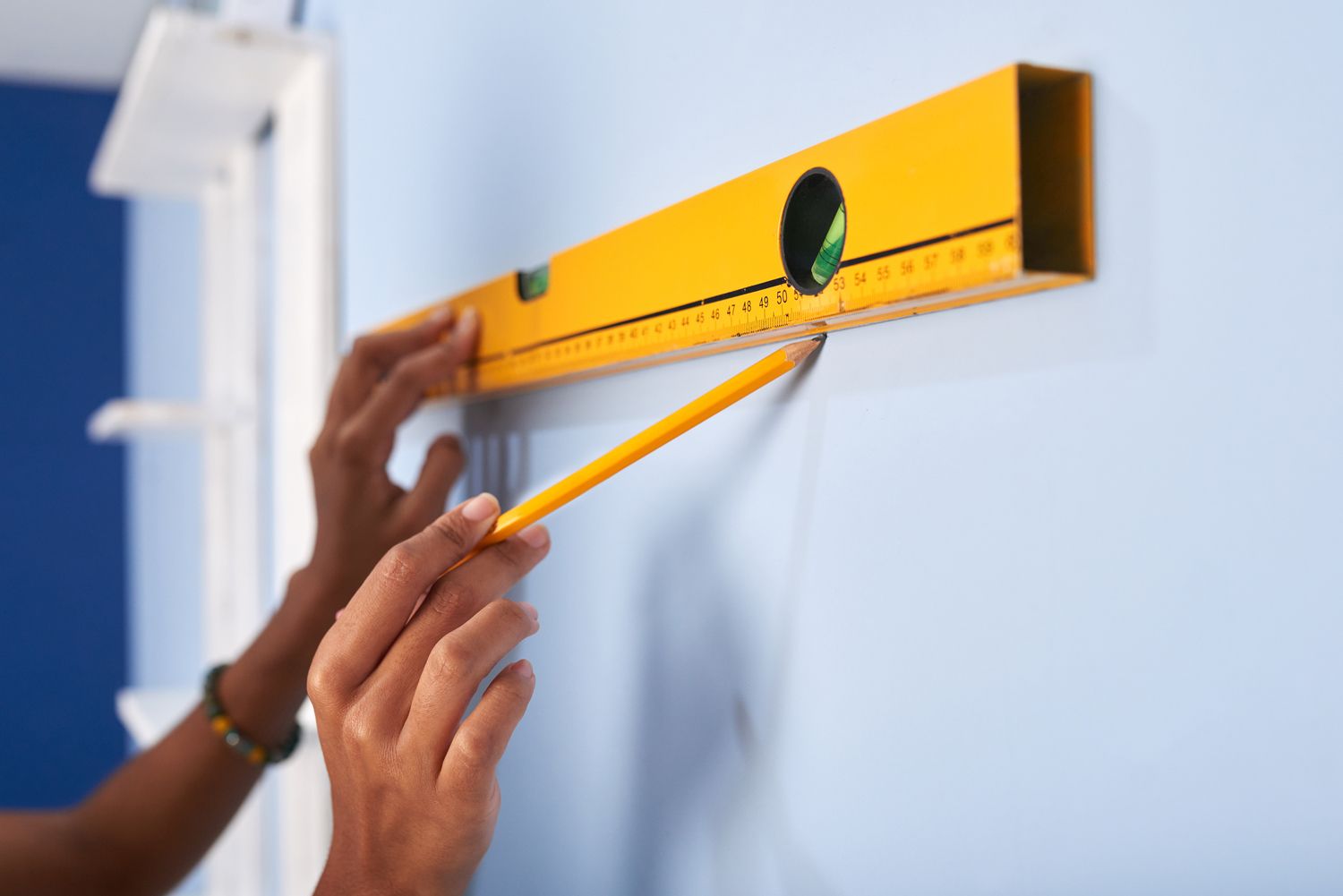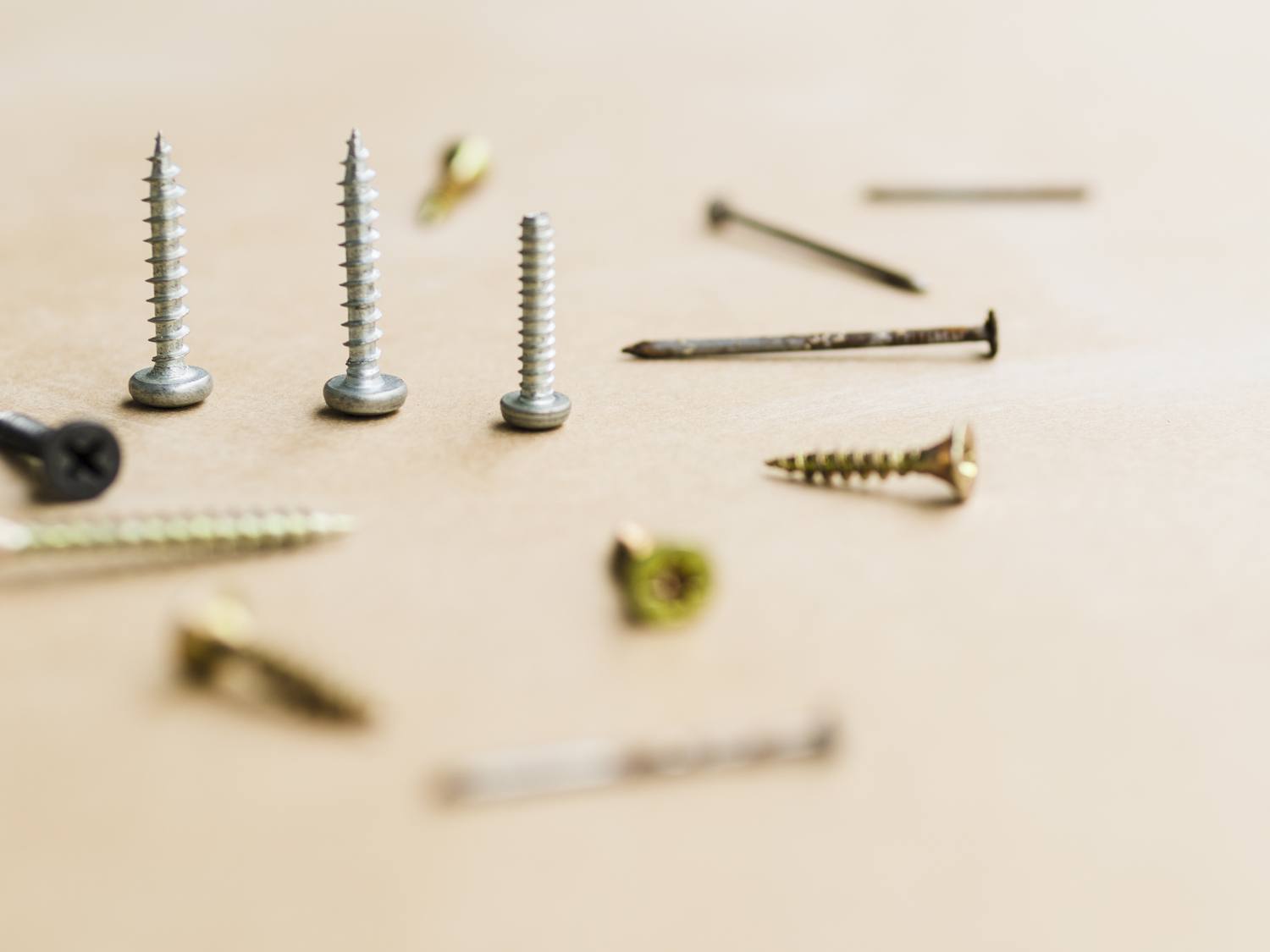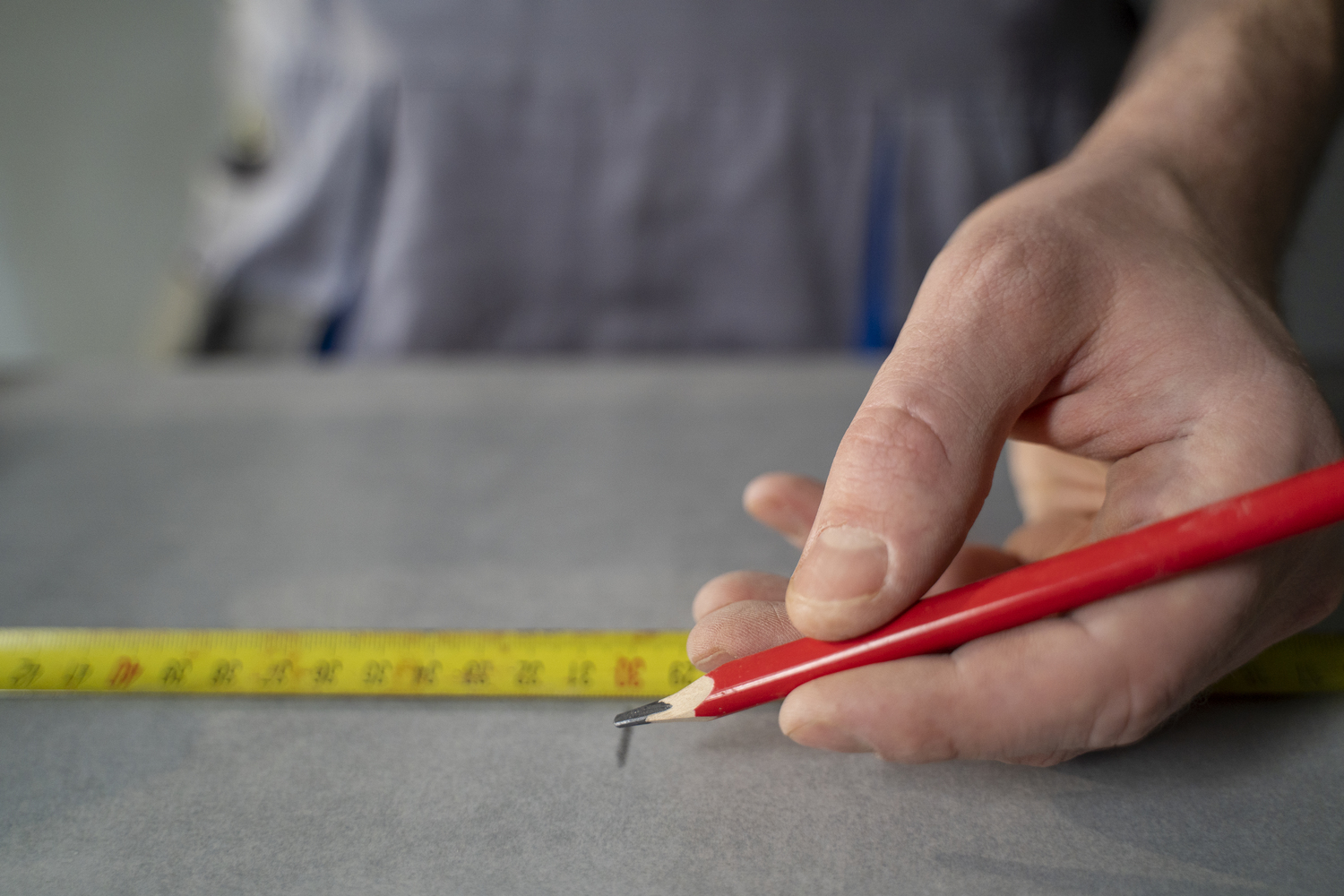How to hang a sound-absorbing panel for optimal acoustics
Hanging a sound-absorbing panel is a simple and effective way to improve the acoustics in a room by reducing reverberation and minimizing disruptive sound reflections. By choosing the right mounting method and placing the panel strategically, you can maximize its sound-absorbing effect while also serving as a stylish interior design detail.
How does placement affect sound absorption?
For a sound-absorbing panel to be most effective, its placement is crucial. The panel should be mounted on a surface where sound reflections are greatest, for example:
- Opposite hard surfaces such as glass walls, concrete walls, or large windows where sound waves bounce back into the room.
- Near sound sources, such as desks in office environments or conversation areas in meeting rooms, to improve speech intelligibility.
- On walls where sound propagates, for example in open-plan offices or rooms with a lot of reverberation.
If the room has a lot of reverberation, a combination of several sound-absorbing panels on different walls can provide an even better sound environment. We also recommend combining them with traditional sound absorbers.
How to ensure correct installation
Regardless of which mounting method you choose, it is important that the panel is securely fastened to ensure both safety and acoustic effect.
- Use the right mounting accessories for the wall – plasterboard walls require expansion plugs, while concrete walls need stronger screws.
- Ensure that the panel is level by using a spirit level during installation.
- Avoid pressing the board too tightly against the wall, as a small air gap can improve sound absorption.
Why are sound-absorbing panels a good solution?
Sound-absorbing panels combine function and design and offer several advantages:
- Reduce reverberation and noise in offices, restaurants, meeting rooms, and home environments.
- Improve speech intelligibility, especially in environments with a lot of sound reflections.
- Contribute to a more harmonious sound environment by reducing disturbing background noise.
- Are an aesthetically pleasing interior design detail that can be adapted to the style of the room.
By choosing the right mounting method and placement, you can maximize the sound-absorbing effect and create a more pleasant sound environment in both private and public spaces. Explore our sound-absorbing panels and improve the acoustics in your room today!









